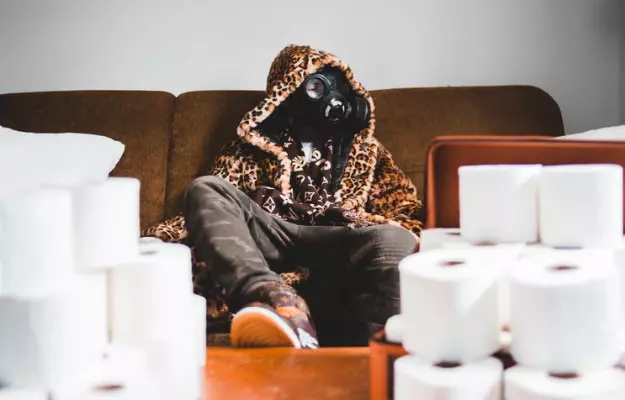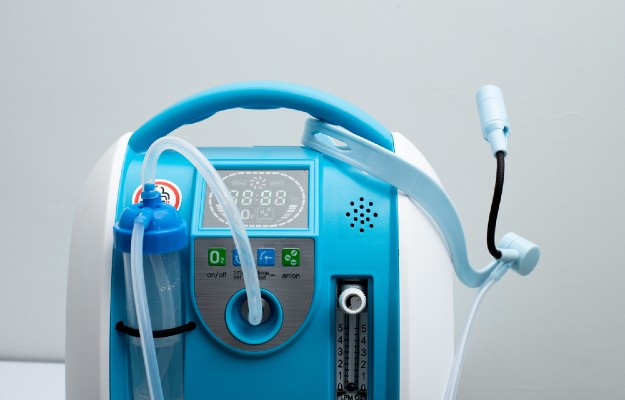In a recent public address, officials of the World Health Organization (WHO), tracking the COVID-19 outbreak and tasked with issuing guidelines to countries the world over on best practices for mitigating the global pandemic, said they were adopting a new terminology to replace social distancing: physical distancing.
Social distancing has been one of the buzzwords since the new coronavirus infection broke out in Wuhan, China late last year, and has claimed over 48,000 lives and infected nearly a million people globally. The intention behind the phrase was to introduce a practice of maintaining a distance between individuals, in person.
Even the Ministry of Health and Family Welfare of the Government of India explained the term as "a non-pharmaceutical infection prevention and control intervention implemented to avoid/decrease contact between those who are infected with a disease causing pathogen and those who are not, so as to stop or slow down the rate and extent of disease transmission in a community".
The WHO, however, recently changed that phrase by calling it “physical distancing”, as the earlier method gave rise to different interpretations. WHO epidemiologist Maria van Kerkhove said, "You may have heard us use the phrase physical distancing instead of social distancing... so that we can prevent the virus from transferring to one another. But it doesn't mean that socially we have to disconnect from our loved ones, from our family."
Read more: 10 safe ways to engage socially while maintaining healthy distance































